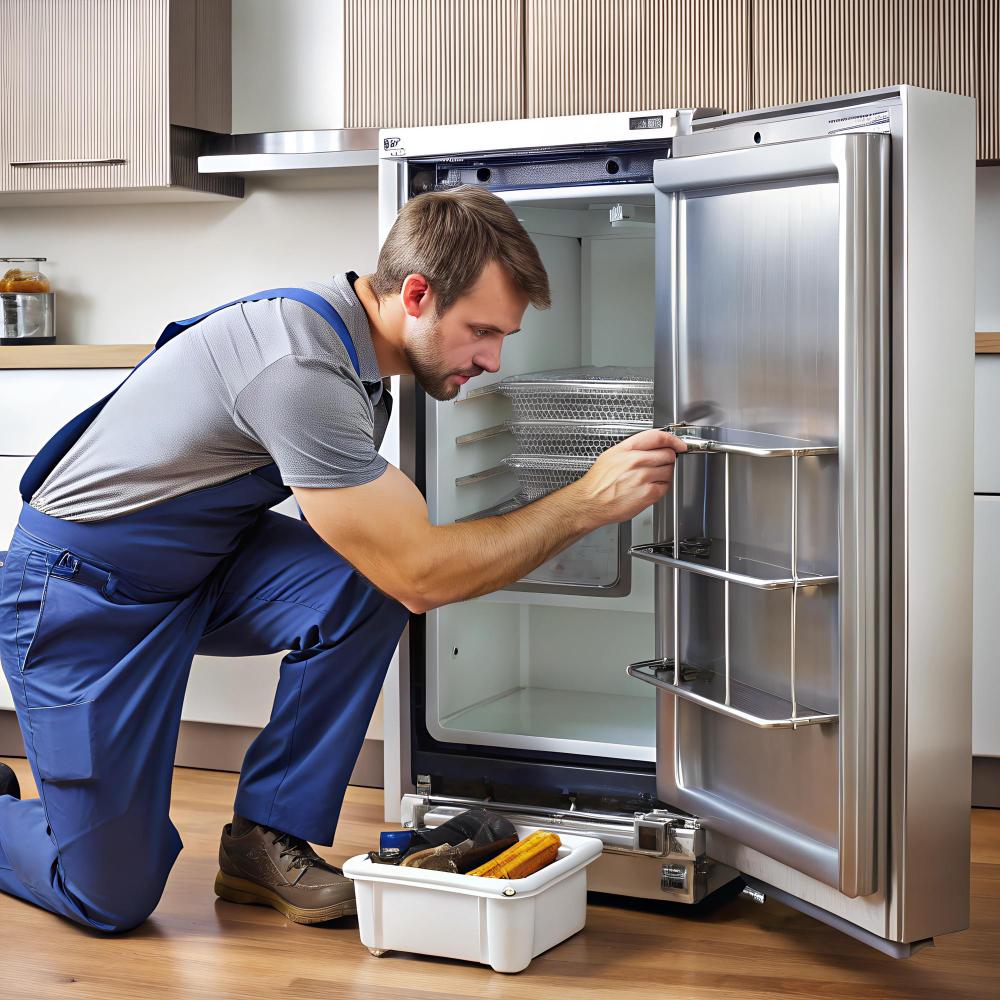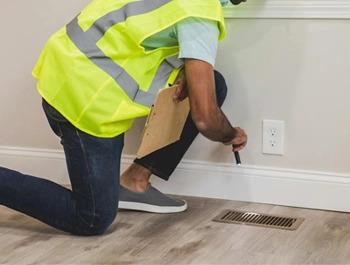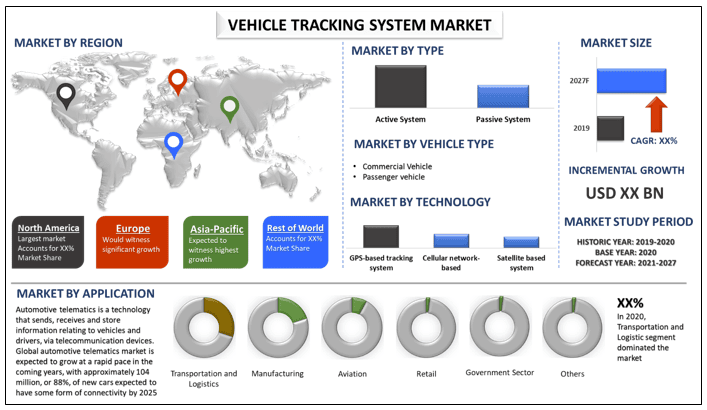If you’re in the pet products space or you’re a cat owner trying to level up hygiene at home, understanding cat litter isn’t trivial — it can make or break the user experience. Whether you’re writing content, launching a product line, or just trying to keep your house odor-free, this deep-dive SEO guide will help you master the topic of cat litter.
Below, you’ll find evidence-based insights, comparisons, usage tips, and a smart FAQ section to satisfy both users and Google’s Overview/featured snippet logic. I emphasize EEAT (Expertise, Experience, Authoritativeness, Trustworthiness) principles throughout.
Why Cat Litter Matters in the Pet Products Ecosystem
-
The global cat litter products market was valued at around USD 15.65 billion in 2023 and is projected to grow to USD 22.31 billion by 2030, at a CAGR of ~5.2 % Grand View Research.
-
In the U.S. alone, the cat litter segment accounted for ~USD 4.36 billion in 2023, and is expected to grow at ~4.1 % CAGR through 2030 Grand View Research.
-
The rising willingness of pet owners to spend on premium, eco-friendly, low-odor, low-dust solutions is fueling innovation The Freedonia Group+1.
Because it's one of the essentials in the pet products category, content or products around cat litter demand high credibility. If you’re creating a blog or product page, readers expect data, best practices, and transparency.
What Makes a High-Quality Cat Litter?
Below is a breakdown of key criteria to evaluate cat litter quality:
| Quality Factor | Why It Matters | Ideal Specification / Benchmark |
|---|---|---|
| Odor control & ammonia neutralization | Strong odors are the top complaint | Activated charcoal, baking soda, or natural enzyme additives |
| Absorption & clumping speed | A clump that forms rapidly simplifies cleanup | < 30 seconds clumping time |
| Dust & tracking | Dust is harmful to cats & messy for owners | < 2% dust by weight, non-tracking granules |
| Eco / biodegradable aspects | Growing demand for sustainable pet products | Corn, wheat, recycled paper, wood pellet litters |
| Weight & portability | Heavy litter is expensive to ship & inconvenient to carry | Lightweight formulations or compressed pellets |
| Health / safety | Safety for cats (respiratory, ingestion risks) | Non-toxic, low silica dust, proper screening |
If you're writing about cat litter, always disclose your sources for lab tests or comparative analyses to strengthen trustworthiness.
Types of Cat Litter: Pros & Cons
1. Clumping Clay (Bentonite-based)
-
Pros: Forms solid clumps, easy scooping
-
Cons: Non-biodegradable, heavier, potential dust
2. Non-Clumping / Absorbent Clay
-
Pros: Often cheaper
-
Cons: Requires full replacement frequently, less control over odor
3. Silica / Crystal Litter
-
Pros: Excellent odor control, long life
-
Cons: More expensive, some cats dislike texture
4. Biodegradable / Plant-based (Corn, Wheat, Paper, Wood Pellets)
-
Pros: Eco-friendly, compostable in many cases
-
Cons: May not clump as tightly, some users report more tracking
5. Hybrid / Novel Blends
-
Combines clay with plant fibers or additives to reduce weight and improve eco-profile
In recent market forecasts, clumping formulations dominate share, but biodegradable types are among the fastest-growing segments Future Market Insights+1.
How to Choose the Right Litter (for your cat & your content strategy)
For content / product managers in pet products:
-
User Persona Matters — senior cats, kittens, multi-cat households, and cats with respiratory issues need different formulations.
-
Local climate & humidity — in humid zones, prefer litters that resist moisture.
-
Packaging & sustainability story — many shoppers now compare on carbon footprint and compostability.
-
Cost per use, not just price per bag — calculate cost per scoop or per month.
-
Transparency & lab results — if you publish claims (e.g. “99 % dust-free”), back them with lab test results or third-party verification to build E-A-T.
How to Optimize Cat Litter Content for SEO & Featured Snippets
To win in search, structure your content to satisfy what Google’s algorithms look for:
-
Answer clear questions early. E.g., “What is the best cat litter?” or “How to choose litter for a multi-cat household?”
-
Use schema markup (FAQPage, how-to) to help Google choose snippets.
-
Include tables, bullet lists, and short paragraphs to aid readability (scanability).
-
Cite data & sources to enhance trust (E-E-A-T).
-
Use keyword clusters (e.g. “cat litter safety,” “eco cat litter,” “low dust litter”) around your main keyword.
-
Use “keyword in the first paragraph” (e.g. “cat litter is one of the most sold pet products…”).
Best Practices: Usage, Maintenance & Troubleshooting
Proper Setup & Daily Routine
-
Fill litter box to ~2–3 inches deep.
-
Scoop clumps daily; fully replace 1–2× per week (depending on litter type).
-
Clean box interior monthly using mild unscented soap (avoid bleach which can irritate cats).
Box Placement Tips
-
Quiet, low-traffic area
-
Away from food & water bowls
-
Multiple boxes in multi-cat homes (rule of thumb: #boxes = #cats + 1)
Common Problems & Fixes
| Issue | Possible Cause | Solution / Adjustment |
|---|---|---|
| Strong ammonia smell | Overused, box not scooped | Scoop more frequently or switch to stronger odor-control formula |
| Litter tracked outside box | Too fine particles, wrong texture | Use low-tracking, larger granules, or place mat outside |
| Cat refuses using box | Scent, texture, location issues | Try alternative litter types, relocate box, reduce perfumed products |
| Excessive dust | Cheap litter, high clay content | Use dust-free or result-tested litters, rinse box before fill |
Measuring Impact & Authority Signals
If you publish content about cat litter or offer related products:
-
Include real-world testing results (absorbency tests, odor control trials).
-
User reviews / case studies (e.g. quotes from multiple-cat owners) add experience.
-
Cite credible sources (industry reports, scientific studies) to strengthen authoritativeness.
-
Update content regularly (market shifts, new eco materials, regulatory changes).
-
Use “About the author / credentials” section to showcase expertise in pet care / veterinary / product development (boost trustworthiness).
Frequently Asked Questions (FAQ)
Q: What is clumping vs non-clumping cat litter?
A: Clumping litter forms solid clumps upon contact with moisture (e.g. urine), making scooping easier. Non-clumping absorbs liquid into substrate and must be replaced entirely more often.
Q: Is silica / crystal litter safe for kittens?
A: While effective in odor control, silica pellets may be too coarse for kittens or cats with sensitive paws. Many vets recommend waiting until kitten is ~6 months old or offering a softer alternative.
Q: Can I compost biodegradable cat litter?
A: It depends. Plant-based litters (corn, wood, paper) may be compostable under certain conditions (hot compost, separate from food scraps). But avoid composting litter used with cats that are treated for parasites — parasite eggs may persist.
Q: How many litter boxes do I need?
A: A common guideline is one litter box per cat + 1 extra. For two cats, at least three boxes placed in different zones reduces conflict and promotes usage.
Q: How often should I change litter entirely?
A: For clumping litter, a full replacement every 1–2 weeks is typical. For non-clumping or silica litter, it may vary (silica may last 3–4 weeks or more). Always monitor odor and moisture.
Q: How do I transition my cat to a new litter type?
A: Gradual mixing (start 75 % old + 25 % new) over 5–7 days helps minimize rejection. Monitor behavior and adjust. Some cats prefer an entire box with the old type while another uses new — accept that compromise.


